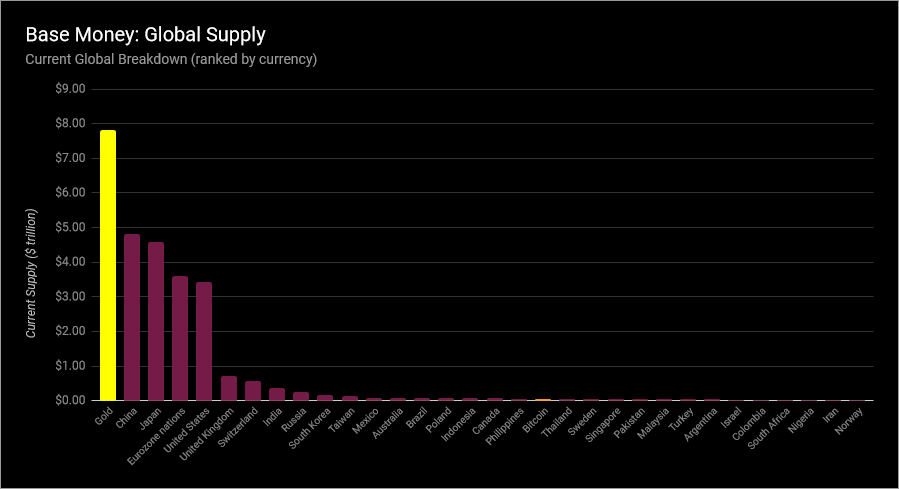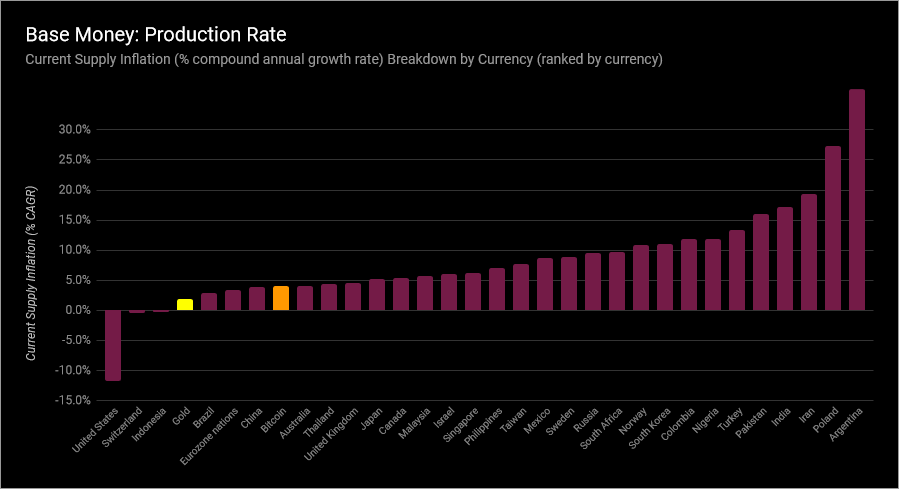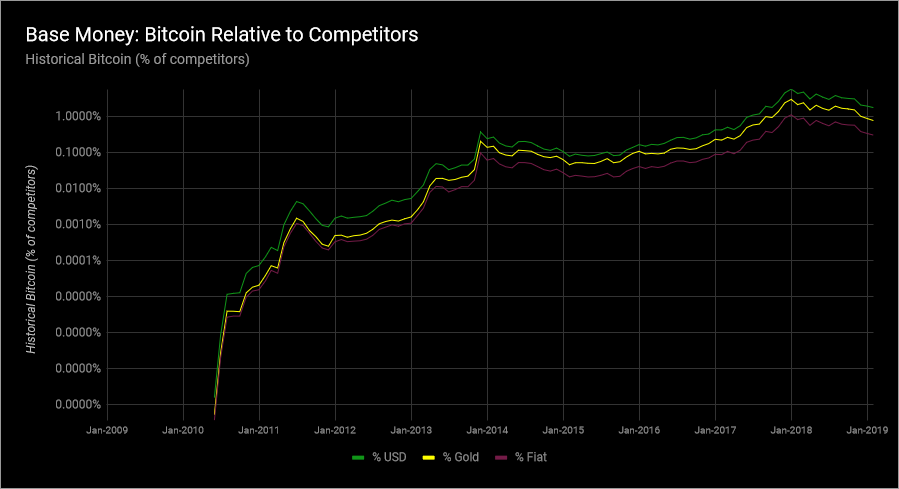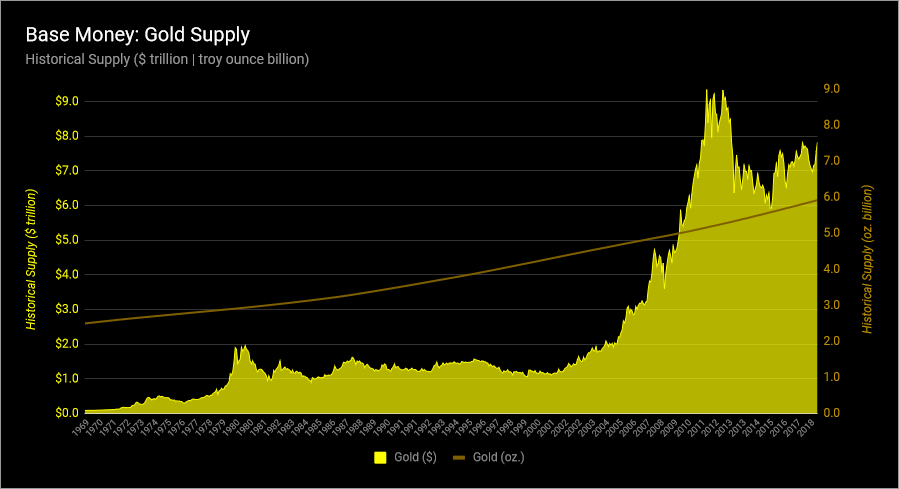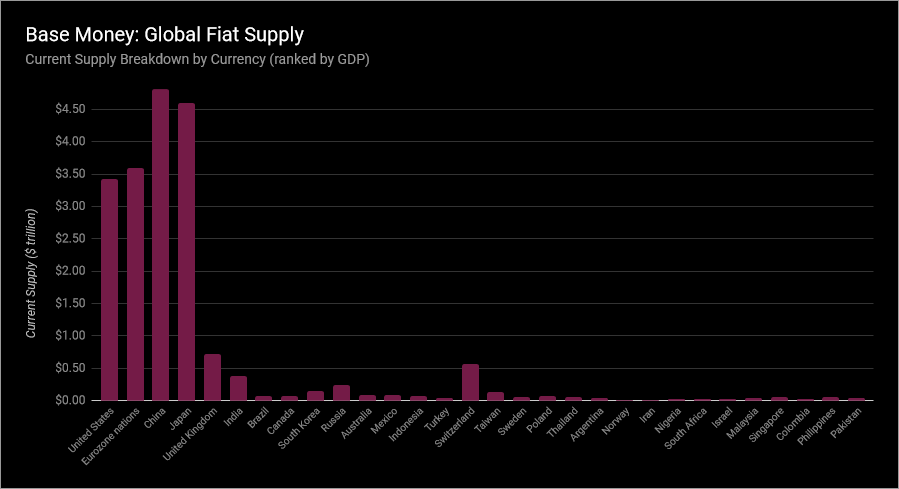
❌ Real estate (you just own real estate)
❌ Stocks (you just own stocks)
❌ Bonds (you just own bonds)
These are all assets, indeed, and they each have benefits, but also counterparty risk and varying liabilities.
😬 A banknote (BUT, it is the liability of a central bank, hopefully they manage it well...)
✅ A gold coin (AND it is no one else's liability)
✅ A bitcoin (AND it is no one else's liability)
Where does Bitcoin rank globally? #18.
USD? #5.
Gold? #1.
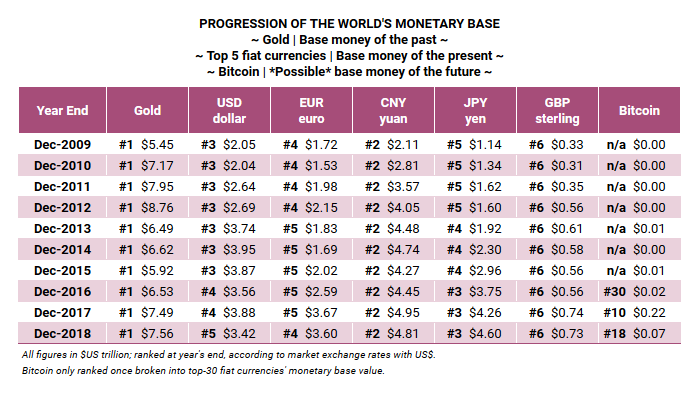
/fin
